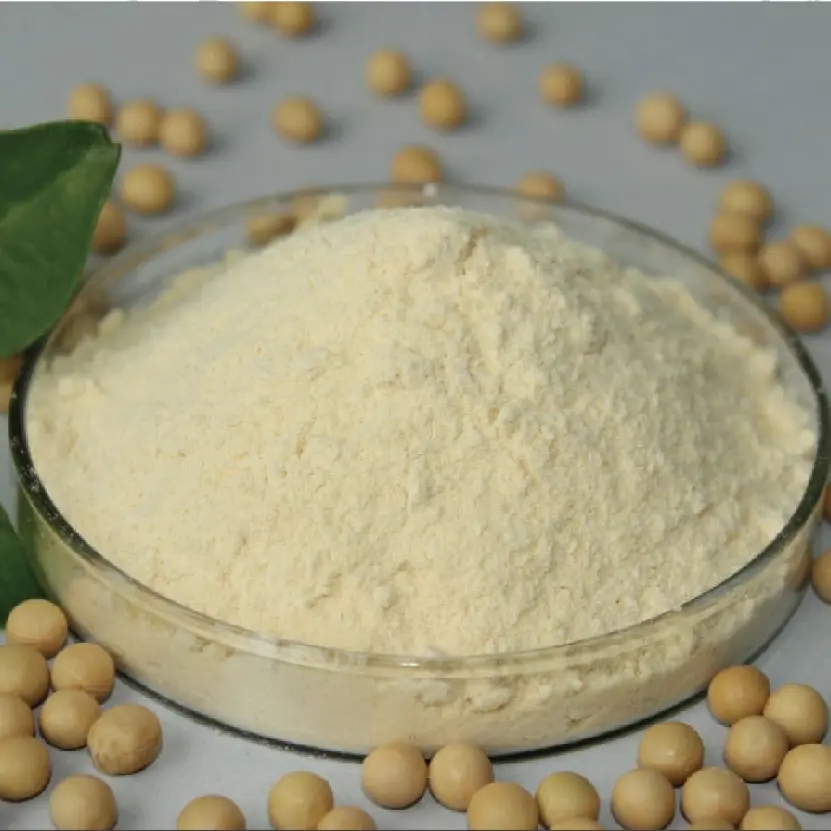Soybean Phospholipid Price,Extraction Technology
Time:2024-10-11
Soy phospholipid is a product extracted from the oil sludge produced during soybean oil production. The extraction process mainly includes the following steps:
1. Raw Material Handling
·Soybean Selection and Cleaning: High-quality soybeans are selected as raw materials and cleaned to remove impurities.
·Dehulling and Crushing: The soybeans are dehulled and then crushed into appropriately sized particles for further processing.
2. Soybean Oil Extraction and Oil Sludge Collection
Pressing or Solvent Extraction: Soybean oil is extracted from soybeans through methods such as pressing or solvent extraction.
Oil Sludge Collection: During the extraction of soybean oil, oil sludge containing phospholipid is produced. At this stage, the sludge is collected as the raw material for phospholipid extraction.
3. Phospholipid Extraction and Purification
Phospholipid Hydration: An appropriate amount of water is added to the soybean oil sludge, and the mixture is stirred thoroughly at a temperature of 60–80°C to hydrate the phospholipid into a gel-like precipitate.
Centrifugal Separation: The hydrated phospholipid mixture is then subjected to centrifugal separation to obtain hydrated phospholipid.
Decolorization: Decolorizing agents, such as hydrogen peroxide, can be used to remove pigments from the hydrated phospholipid.
Drying and Purification: The hydrated phospholipid is dried to further remove water and impurities. To obtain higher purity soy phospholipid, additional purification steps can be performed. For example, organic solvents like acetone may be used to dissolve the oils and fatty acids in the phospholipid, followed by centrifugal separation and repeated treatment, with a final drying step.
4. Product Preparation and Inspection
Product Preparation: After the above processing steps, the extracted soy phospholipid can be further processed into powder or other required forms.
Quality Inspection: The final product undergoes quality inspection, including checks for purity, moisture content, color, and other parameters, to ensure it meets relevant standards and requirements.
The extraction of soy phospholipid is a complex and delicate process that requires strict control over the conditions and operational parameters at each step to ensure the quality and performance of the final product. Soy phospholipid, as an essential component of biological membranes and an indispensable part of the animal body, has broad applications in the food, feed, and pharmaceutical industries.


 CN
CN





